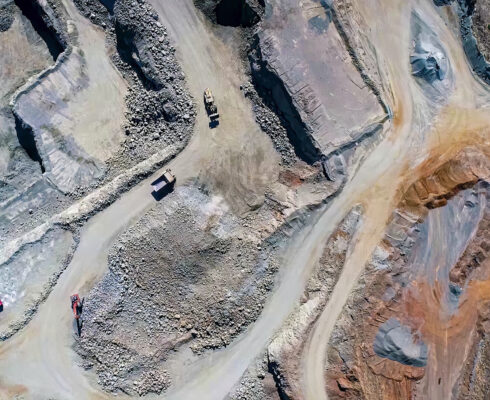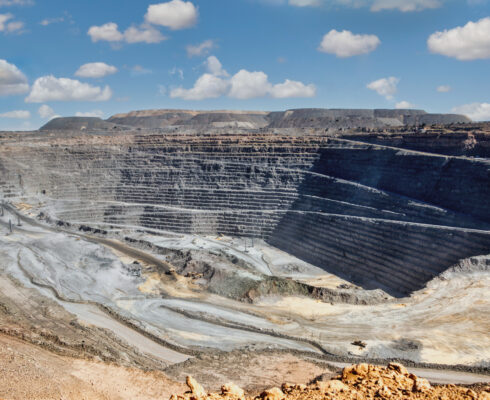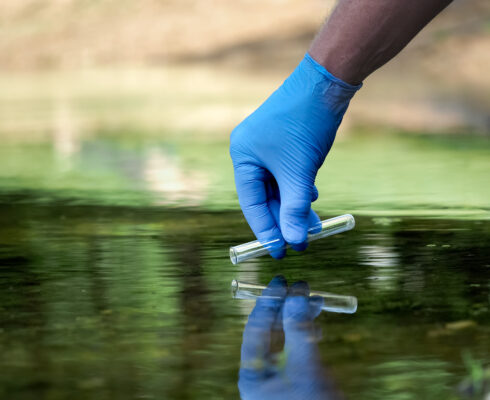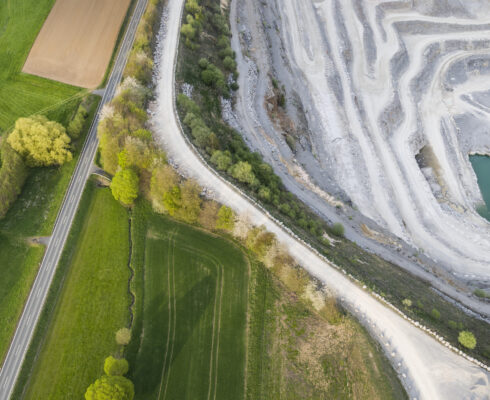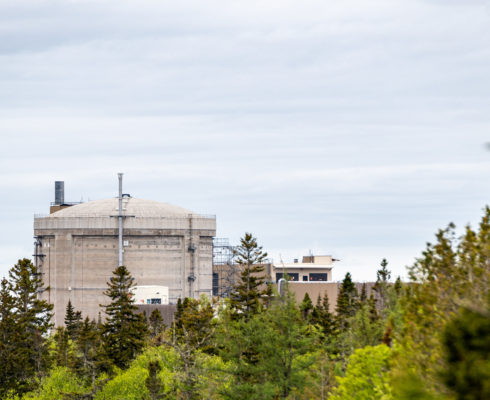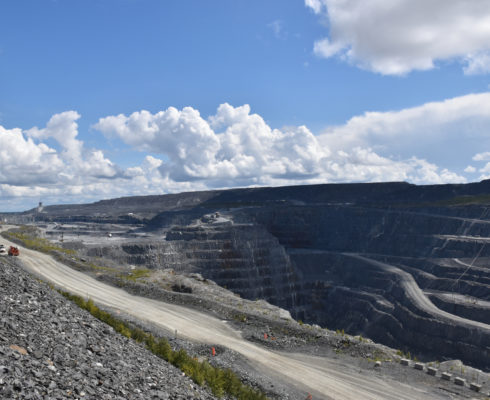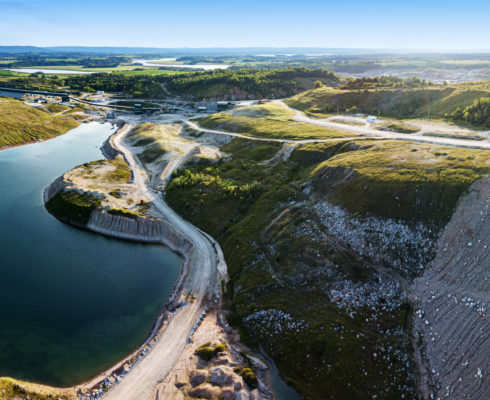Langping’s journey through the world of academia is an impressive one. It started with a bachelor's degree in environmental engineering in China.
 Langping Wu, PhD, Environmental Scientist
Langping Wu, PhD, Environmental Scientist
While there, she completed an internship but found working environments like solid waste treatment factories and wastewater treatment facilities didn’t feel as fulfilling as they should. So, when she started her master’s, she decided to change direction and pursue environmental science instead.
It was during this time that Langping acquired a scholarship for a one-year exchange program in Slovenia, where she started to explore environmental chemistry, particularly around the investigation of transformation mechanisms of organic contaminants using the novel compound-specific isotope analysis (CSIA) approach.
After her master’s, she went on to complete a PhD in Germany before coming to Canada to complete a postdoc research project at the University of Toronto.
While impressive, spending so much time in academia left Langping feeling restless. “I’d spent so much time on research because I thought that was my career and that’s it."
That was until Ecometrix reached out. “I had the impression an industry job meant you have to make profit for a company or work to finish a task, but that’s not the way with Ecometrix,” she says. “We’re really encouraged to be creative and play to our strengths, what skills we have, and our backgrounds. I’m not just in the lab, either. I can apply it all in the field.”
She also shares that it’s the people at Ecometrix that make it so special. “They’re all professionals and experts in their field,” she says. “I’m trying to push a new service with my techniques, but I’m also learning how to do environmental risk assessment and other skills from other people. They’re very supportive.”
I had the impression an industry job meant you have to make profit for a company or work to finish a task, but that’s not the way with Ecometrix.
 Langping in the lab
Langping in the lab
With a marked period in academia, she has over 25 published papers and still remains productive by co-supervising PhD students as side projects.
At the time of writing, her analytical method paper about how to measure hydrogen isotopes at lower concentrations has just been accepted for publication. “It’s more of a data treatment approach,” she says. “It’s a straightforward study but I feel it’s a much-needed method people should know about.”
Most recently, she published a paper on tracking the transformation of persistent organic pollutants in food webs. Its results were gathered after a series of field experiments at two sites using stable isotope and enantiomer fractionation concepts.
Since joining Ecometrix, Langping has been well trained in using IMPACT™, a recognized environmental pathways and exposure modelling tool for public dose calculations for radiation protection as well as for human health and ecological risk assessments.
She's also served as an environmental modeler and technical lead on a number of environmental risk assessment projects in the brownfields, mining, and nuclear sectors, following both provincial and federal regulations and technical guidance.
When asked about what she hopes for the future, Langping shows no signs of slowing down. As well as developing her specialism at Ecometrix to shape the services offered to current and future clients, she wants to continue expanding her knowledge of environmental risk assessment from the team around her.
Get insights direct to your inbox
Want to receive updates on news, projects, and thought leadership from experts like Langping? Sign up to our newsletter today.



